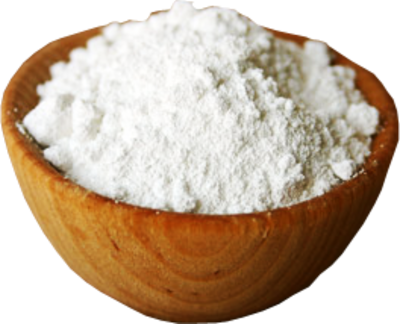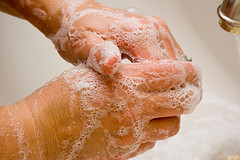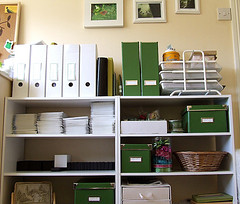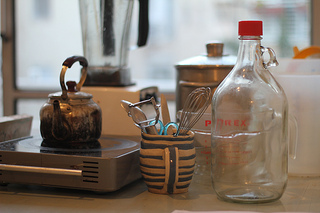Say goodbye to grime the healthy way. Whether your sink is stainless steel, porcelain, enamel, or composite, it can lose its shine fast. But you don’t need harsh chemicals to bring back the sparkle. With a few simple ingredients, you can get a truly clean sink that’s better for your health and the environment.
✅ What You’ll Need:
-
Baking soda – Gentle abrasive to lift grime and neutralize odors
-
White vinegar – Natural disinfectant and mineral deposit remover
-
Castile soap or plant-based dish soap – Cuts through grease safely
-
Fresh lemon or lemon juice – Naturally acidic and deodorizing
-
Olive oil – For buffing stainless steel to a shine
-
Soft sponge or microfiber cloth – Reusable and gentle
-
Old toothbrush – Gets into hard-to-reach spots
-
Spray bottle
-
Hot water
🌿 Step-by-Step Green Sink Cleaning Routine
1. Clear the Sink + Rinse with Hot Water
Remove dishes, debris, and food particles. Run hot water for 30–60 seconds to soften stuck-on grime and prep the surface.
Tip: Hot water helps loosen grease, especially around the drain and faucet base.
2. Sprinkle Baking Soda Over the Basin
Dust a generous layer of baking soda across the entire sink. It’s a gentle, non-toxic abrasive that scrubs without scratching, even on delicate surfaces.
For added deodorizing power, mix in a few drops of tea tree oil or lavender essential oil.
3. Scrub with Castile Soap or Eco Dish Soap
Add a small squirt of Castile soap to a damp sponge. Gently work it into the baking soda, focusing on:
-
Corners and seams
-
The drain area
-
Around the faucet base
-
Undermounted lips or overhangs
Porcelain or enamel sinks? Use a soft cloth to avoid scratching the glaze.
4. Tackle the Faucet, Handles, and Crevices
Dip an old toothbrush in soapy water or undiluted white vinegar and scrub:
-
Faucet base
-
Handles (top and underneath)
-
Sprayer hose
-
Rim around sink edge
These spots are often missed, but they’re some of the germiest areas in your kitchen.
5. Spray and Disinfect with Vinegar
Fill a spray bottle with equal parts white vinegar and water. Spray all over the sink, especially metal parts. Let sit for 5-10 minutes, then wipe clean with a cloth.
The vinegar cuts through water spots, soap scum, and germs without leaving chemical residue.
6. Freshen the Drain (Naturally)
Pour ½ cup of baking soda down the drain, followed by ½ cup of white vinegar. You’ll see a satisfying fizz as it breaks down gunk and neutralizes odors. Wait 5-10 minutes, then flush with boiling water.
Add a squeeze of lemon juice for extra deodorizing and a fresh scent.
7. Buff and Shine (For Stainless Steel)
If you have a stainless steel sink, finish with a buff using a few drops of olive oil on a dry microfiber cloth. Wipe in circular motions to polish and help repel future smudges.
💡 Pro Tips:
-
Do a light clean daily by rinsing and wiping down your sink at the end of the day.
-
Deep clean like this once or twice a week to prevent buildup.
-
Always rinse and dry your sink after use to avoid water stains and bacteria.
-
Compost your lemon peels or reuse them in a vinegar cleaning soak!
A clean, gleaming basin sets the tone for the whole kitchen. It’s a small but satisfying win in your day, a moment of calm in the chaos. Whether you’re prepping dinner, rinsing veggies, or just filling a glass of water, a well kept sink makes the whole space feel more put together.
Put simply? A sparkling sink says you’ve got it handled!
.






